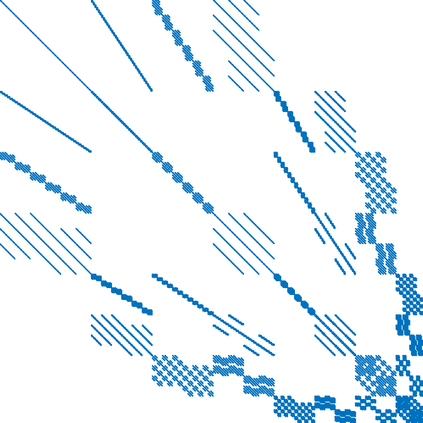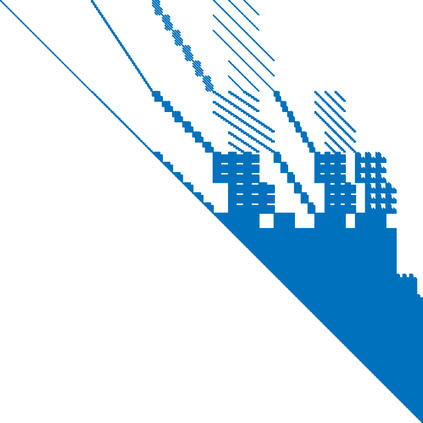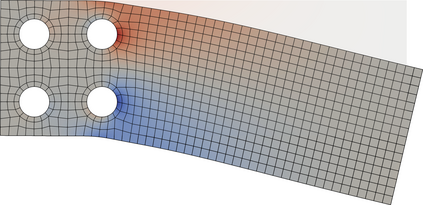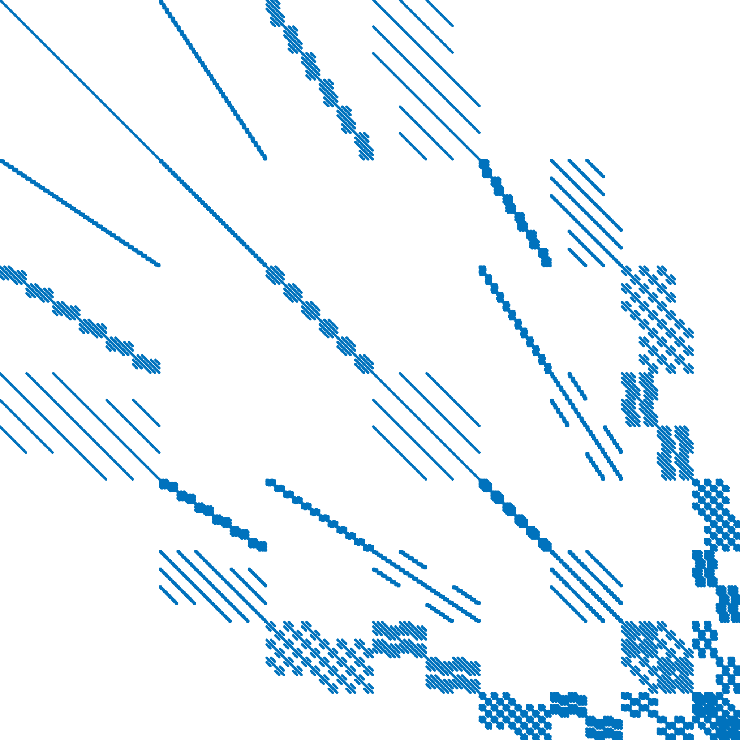Pavarino proved that the additive Schwarz method with vertex patches and a low-order coarse space gives a $p$-robust solver for symmetric and coercive problems. However, for very high polynomial degree it is not feasible to assemble or factorize the matrices for each patch. In this work we introduce a direct solver for separable patch problems that scales to very high polynomial degree on tensor product cells. The solver constructs a tensor product basis that diagonalizes the blocks in the stiffness matrix for the internal degrees of freedom of each individual cell. As a result, the non-zero structure of the cell matrices is that of the graph connecting internal degrees of freedom to their projection onto the facets. In the new basis, the patch problem is as sparse as a low-order finite difference discretization, while having a sparser Cholesky factorization. We can thus afford to assemble and factorize the matrices for the vertex-patch problems, even for very high polynomial degree. In the non-separable case, the method can be applied as a preconditioner by approximating the problem with a separable surrogate.
翻译:Pavarino 证明,Schwarz添加法中带有顶点补丁和低序粗粗空间的添加式Schwarz方法为对称和胁迫性问题提供了一个$p$-robust溶解器。然而,对于非常高的多元度而言,无法对每个补丁的矩阵进行组装或乘数。在这项工作中,我们引入了一种直接溶解器,以解决分解的补丁问题,这种溶解器在高压产品电池的电池电池电池中将高至高聚积度的问题。溶解器构建了一个高压产品基础,将每个单元格内部自由度的坚硬度矩阵中的块进行分解。因此,细胞基质的非零结构是将内部自由度与投射到不同处的图形相连接的图形结构。在新的基础上,补丁基质问题与低序的有限分解程度一样稀少,同时具有稀薄的Cholosky因子化作用。因此,我们有能力对顶端点问题的矩阵进行组化和分解,即使是非常高聚度。在非可分离的案例中,该方法可以作为先质的先质问题应用。







